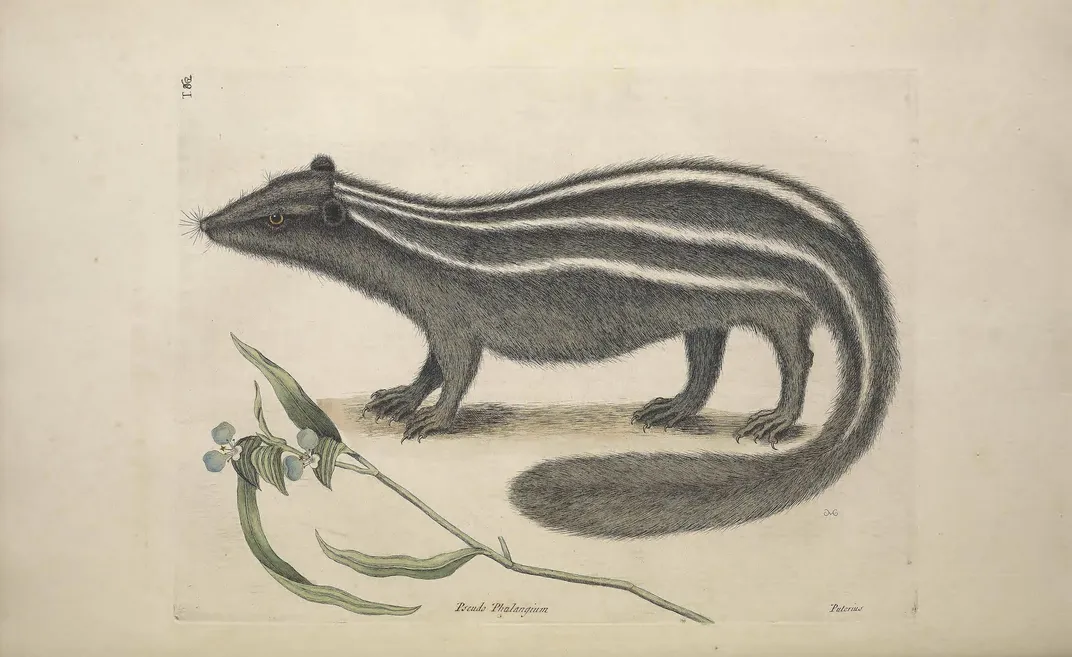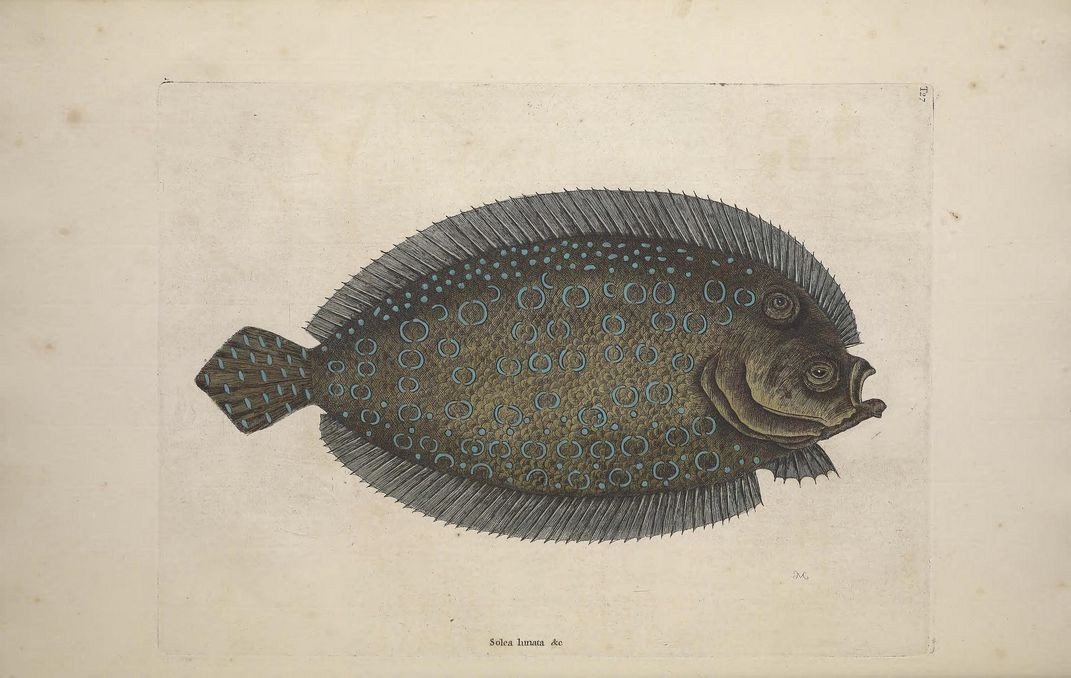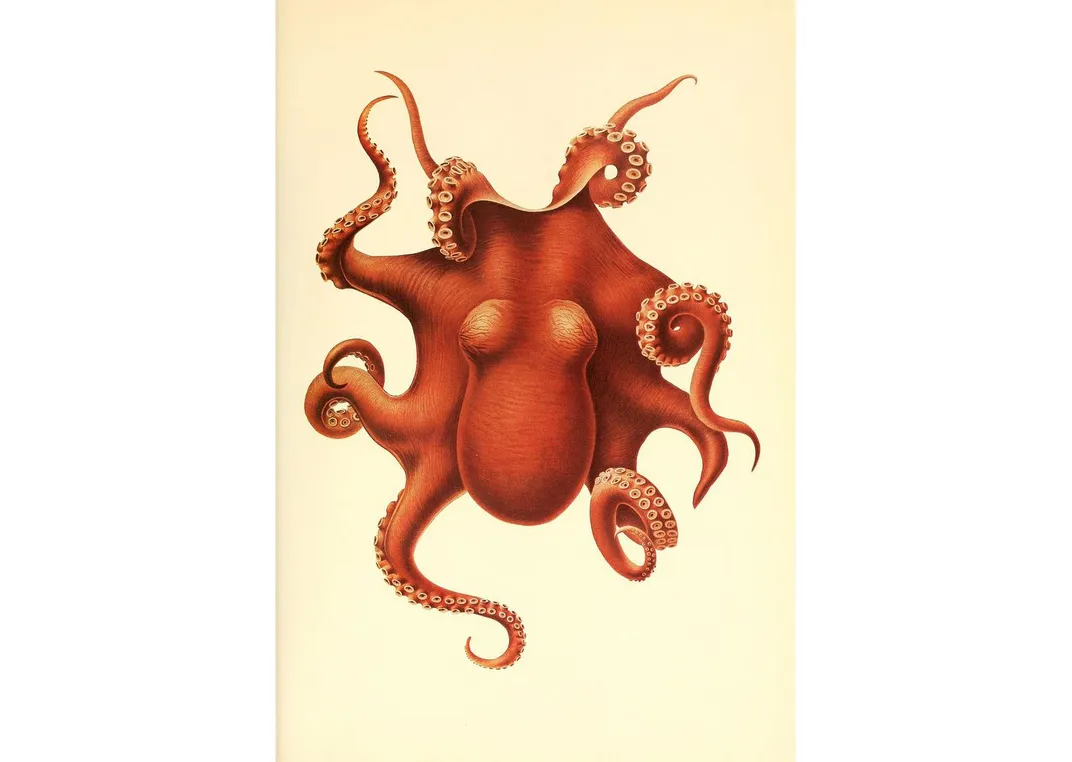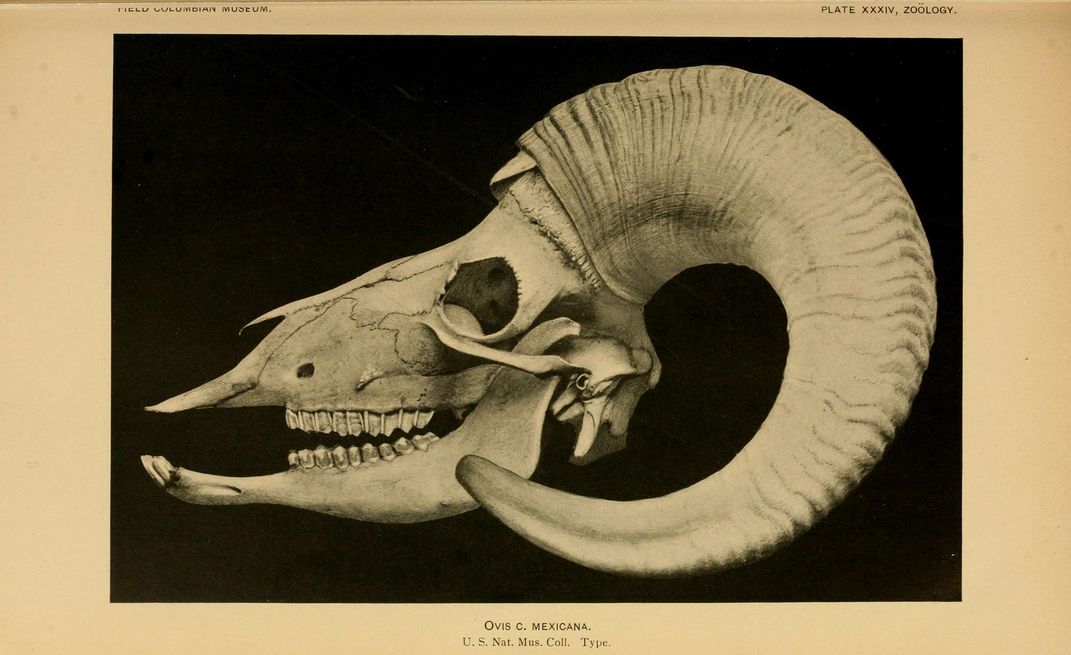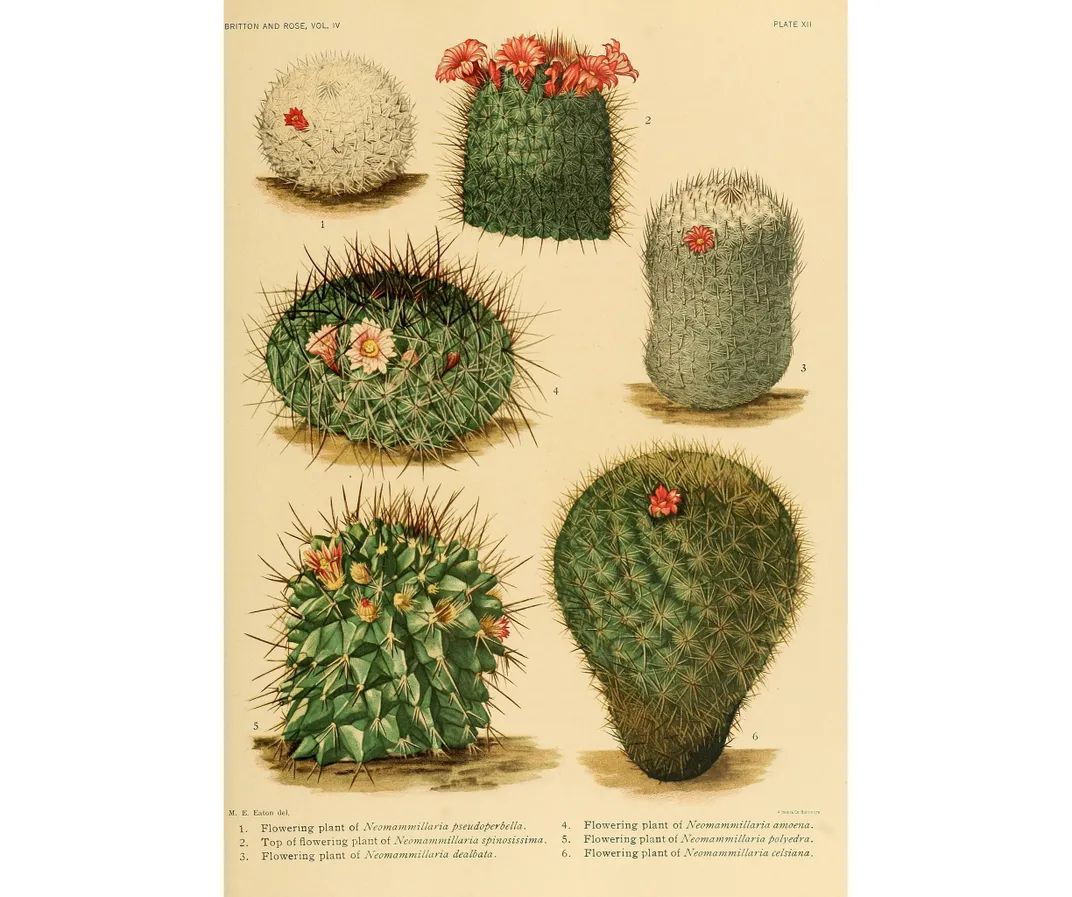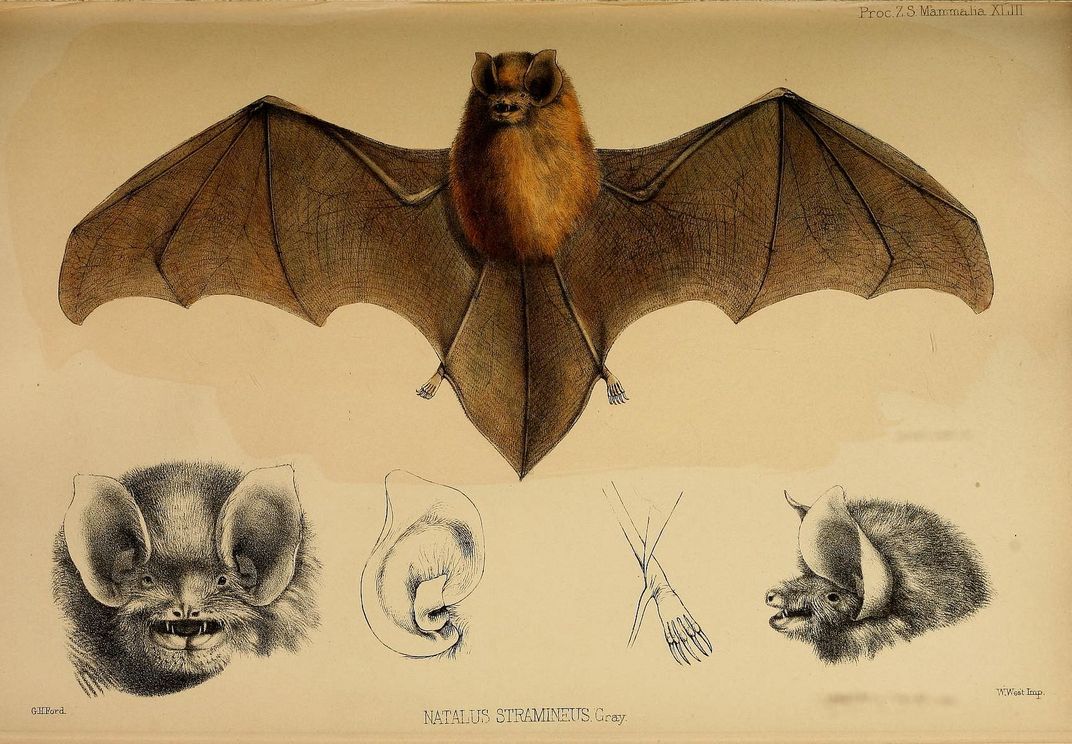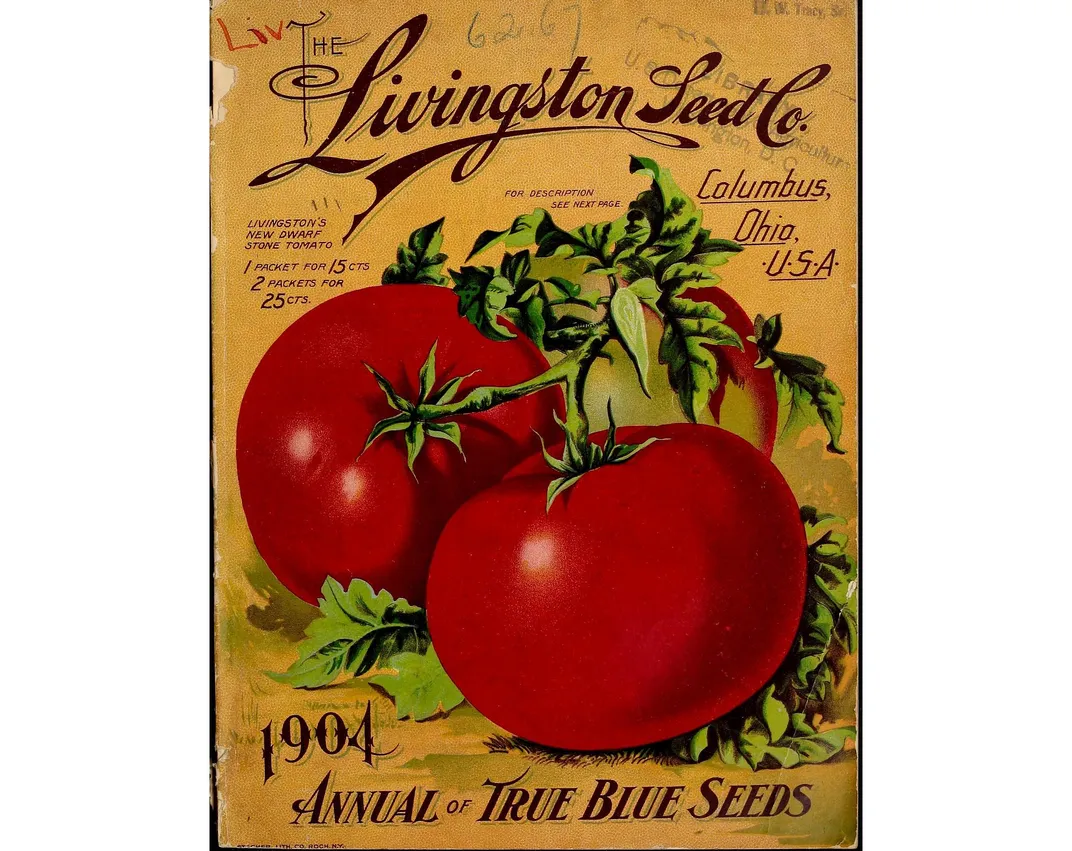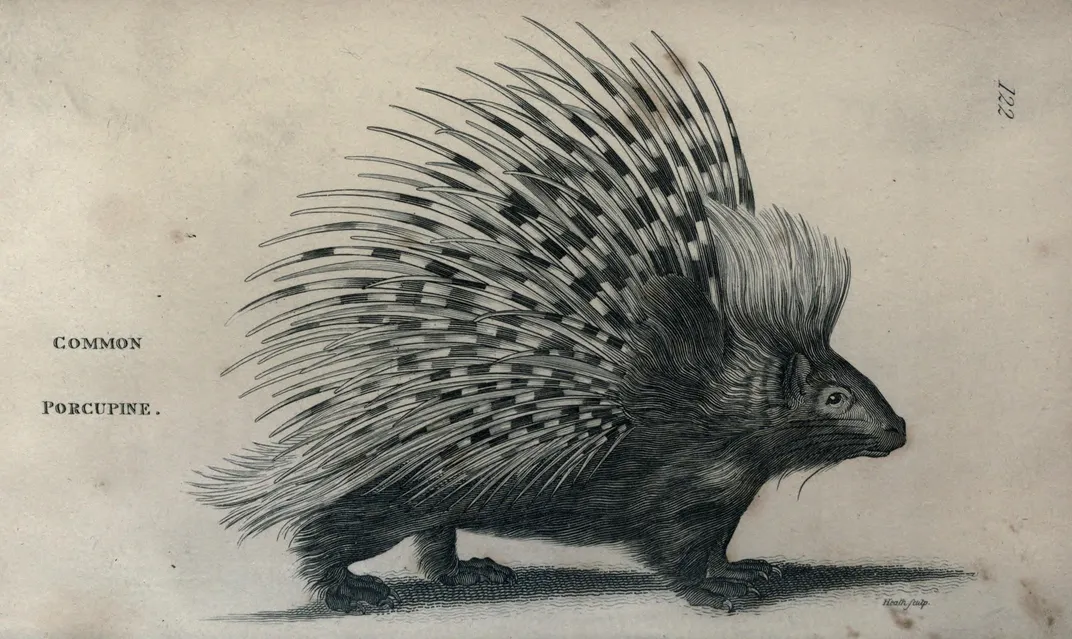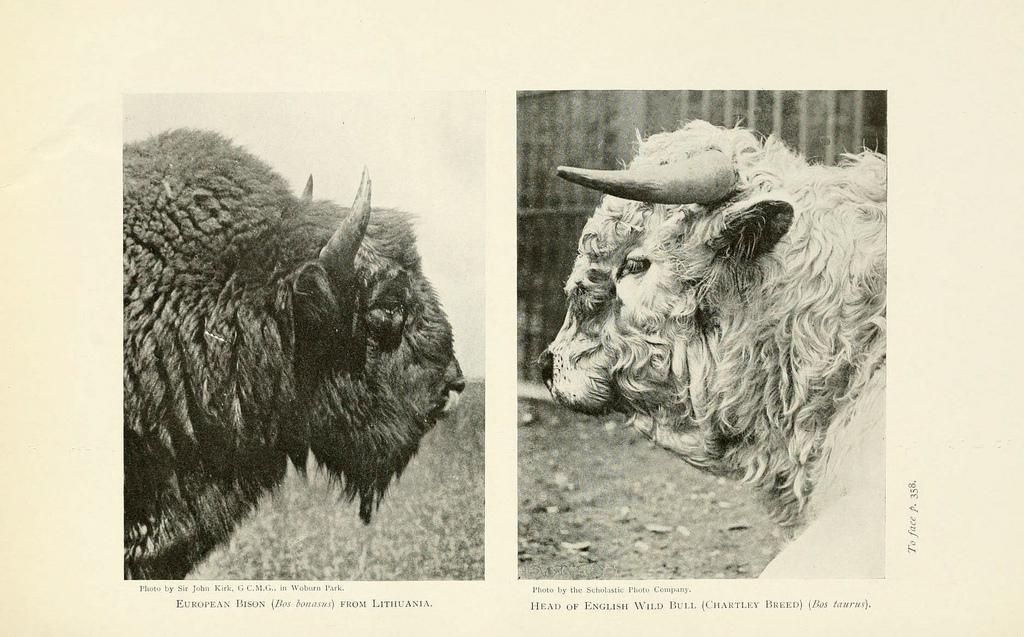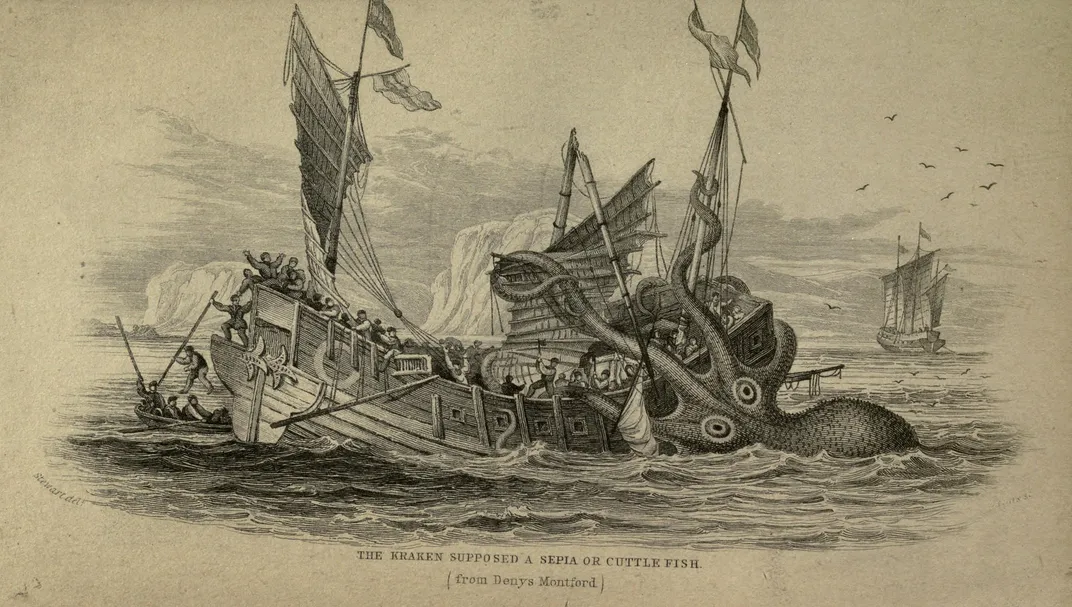Millions of Historic Images Pay Tribute to the Diversity of Life on Earth
Bask in the infinitely strange wonder of our planet with these gorgeous biodiversity galleries
Every place on our planet is filled with life, each creature quirky in its own unique way. One way to revel in this fantastical weirdness is by exploring Earth's biodiversity in the galleries of the Biodiversity Heritage Library (BHL), which hosts thousands of scientific illustrations and photographs scanned from books in the public domain.
The BHL is a collaboration between multiple natural history, botanical and research libraries (including Smithsonian Libraries), which officially began in 2006 as an effort to make the vast collection resources digitally available to the public. Now, BHL has curated over a hundred thousand open-access images, making it easy for anyone, anywhere to appreciate the astounding biodiversity of our planet. And if that isn't enough to sate your appetite, another 2 million more BHL images reside in the Internet Archive Book Images Flickr stream.
The library started uploading the images to Flickr in 2011, and continues to this day building curated collections of images tagged by subject matter and organized into albums. One of the most important aspects of BHL, however, is its citizen science project. The library invited its users to add machine-readable taxonomic tags to their massive online collections, hunting for clues in the image captions or surrounding text. Once added, images can be automatically included in other projects like the Encyclopedia of Life (Smithsonian is also an important principle in EOL). “Approximately 30 percent of the images are tagged by taxonomic name as a result of citizen science,” Grace Costantino, Biodiversity Heritage Library outreach and communications manager, writes in an email to Smithsonian.com.
One particularly important addition to the online collections, Costantino writes, are illustrations from Smithsonian Libraries' first edition copy of The natural history of Carolina, Florida and the Bahama Islands by Mark Catesby. This illustrated guide captures the plants and animals the Catesby found during the late 18th century on his ventures across the southeastern United States and Bahamas. The book contains illustrations of now-extinct species (like the Carolina Parakeet) as well as more common animals (like the eastern spotted skunk, which he identified as a pol-cat).
But there's much more to explore within the vast archives. Constantino suggests that the curated collection is best explored in “purposeful scholarship and targeted searching.” For those wanting a guided tour, the images are also highlighted on other social media platforms including Facebook, Twitter, Instagram, Pinterest and Tumblr.
Overall, the project has gone far better than expected. A year after the project began, BHL declared it “an unexpected success story” in a blog post. Flickr albums proved to be a simple and searchable way to showcase their imagery—“a BHL treasure that was all but hidden in our collection," according to the blog.
